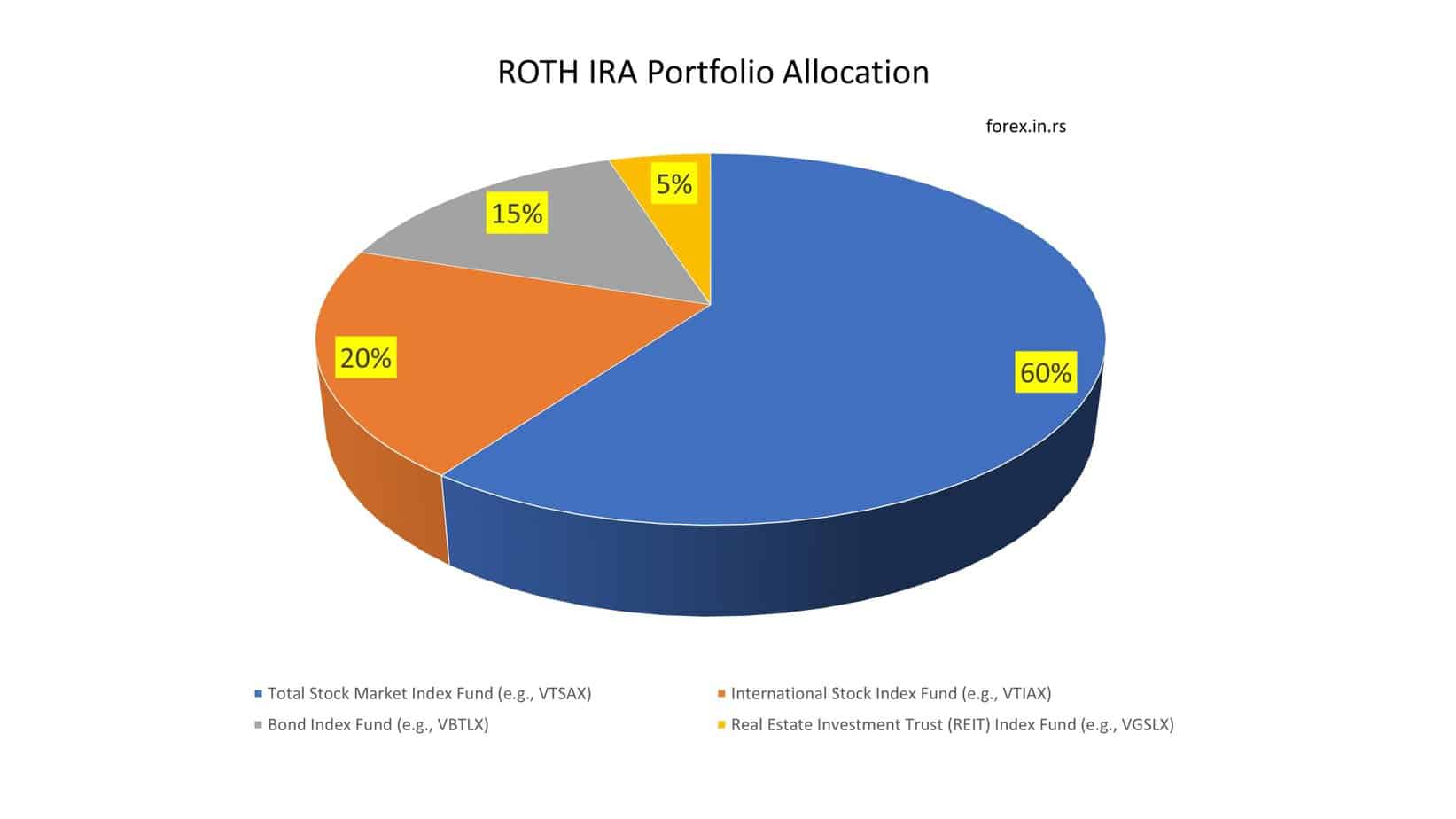Dividend income is a vital source of revenue for investors; still, when it comes to Roth IRA contributions, it can be unclear whether dividends count toward annual contribution limits. While some earnings are eligible for a contribution, such as earned income or taxable compensation, dividend income falls outside this category. This article will explore whether dividends count as contributions to Roth IRAs and why understanding this rule is crucial when preparing for retirement.

Dividend income refers to the number of money corporations distribute to their shareholders as a reward for investing in their company. Dividends are typically paid in cash, regularly, usually quarterly, or sometimes annually. Furthermore, dividend yields can vary based on the company’s performance and other market factors.
What is Roth IRA?
A Roth individual retirement account (Roth IRA) is a tax-advantaged investment account designed for individuals to save for retirement. With a Roth IRA, account holders can make after-tax contributions, meaning they do not receive any tax deductions for their contributions. Still, they can withdraw earnings and gains tax-free in retirement.
Do Dividends Count as Contributions to Roth IRAs?
No, dividends do not count as contributions to Roth IRAs because tips are not considered earned income. Instead, dividends are deemed investment income, which means they are generated through ownership of assets such as stocks, mutual funds, or exchange-traded funds (ETFs).
Dividends are investment income that a company pays out to its shareholders. While they are a source of income, they do not count as compensation to contribute to a Roth IRA.
To contribute to a Roth IRA, you must have earned income from a job or self-employment. Earned income includes wages, salaries, tips, and other compensation for your services. This requirement aims to ensure that individuals contribute to their Roth IRA with money earned through their labor.
It’s worth noting that there are limits on the amount of money you can contribute to a Roth IRA each year. As of 2023, the contribution limit is $6,500 annually for those under 50 and $7,500 for those 50 and over. Additionally, income limits determine whether you are eligible to contribute to a Roth IRA. If your income exceeds these limits, you may be unable to contribute to a Roth IRA or limited in the amount you can contribute.
Although dividend income is an excellent source of income for investors, it does not qualify as earned income or compensation, a prerequisite for contributing to a Roth IRA.
What Qualifies as Compensation for Contributions to Roth IRA?
Compensation for contributing to a Roth IRA is defined as income received for services rendered, such as wages, salaries, tips, commissions, dividends, and self-employment income. Some other forms of compensation include alimony and separate maintenance payments.
Knowing what income sources qualify for Roth IRA contributions can significantly impact your retirement savings. Failing to comprehend the difference between allowing income and dividend income could result in paying too much in taxes, missing vital contribution opportunities, or even paying penalties for violating contribution rules.
While dividend income may not be eligible for Roth IRA contributions, it is still a valuable source of revenue for investors. One option is to reinvest the dividends into the company by purchasing more shares, generating more future dividend income. Additionally, investors can reinvest dividends into other equities or invest in tax-advantaged accounts, such as a traditional IRA or 401(k) plan, to continue growing their investments.
Conclusion
Dividend income is not considered earned income; therefore, it does not count toward the Roth IRA contribution limit. While it may be disappointing for investors seeking additional tax-advantaged savings opportunities, it’s essential to understand what forms of income count towards Roth IRA contributions to avoid tax penalties and maximize your retirement savings. Remember that dividend income still has value as a revenue stream for reinvestment, but it’s crucial to recognize when it does and does not qualify for tax benefits.
You can protect your retirement fund if you invest in IRA precious metals. For example, investors with Gold IRAs can hold physical metals such as bullion or coins. Get a free pdf about Gold IRA.
GET GOLD IRA GUIDE
























